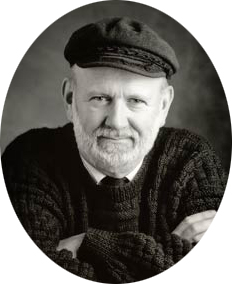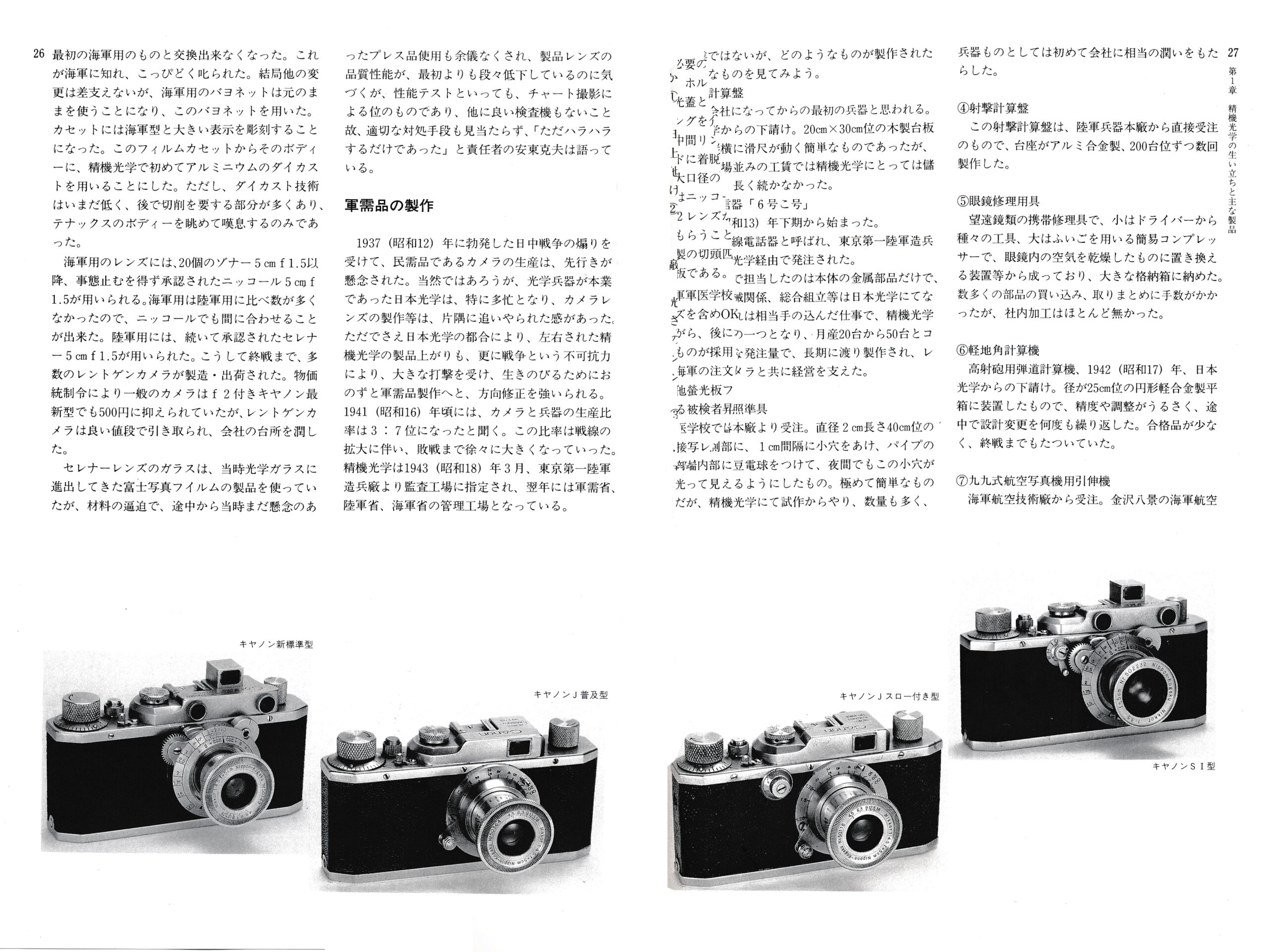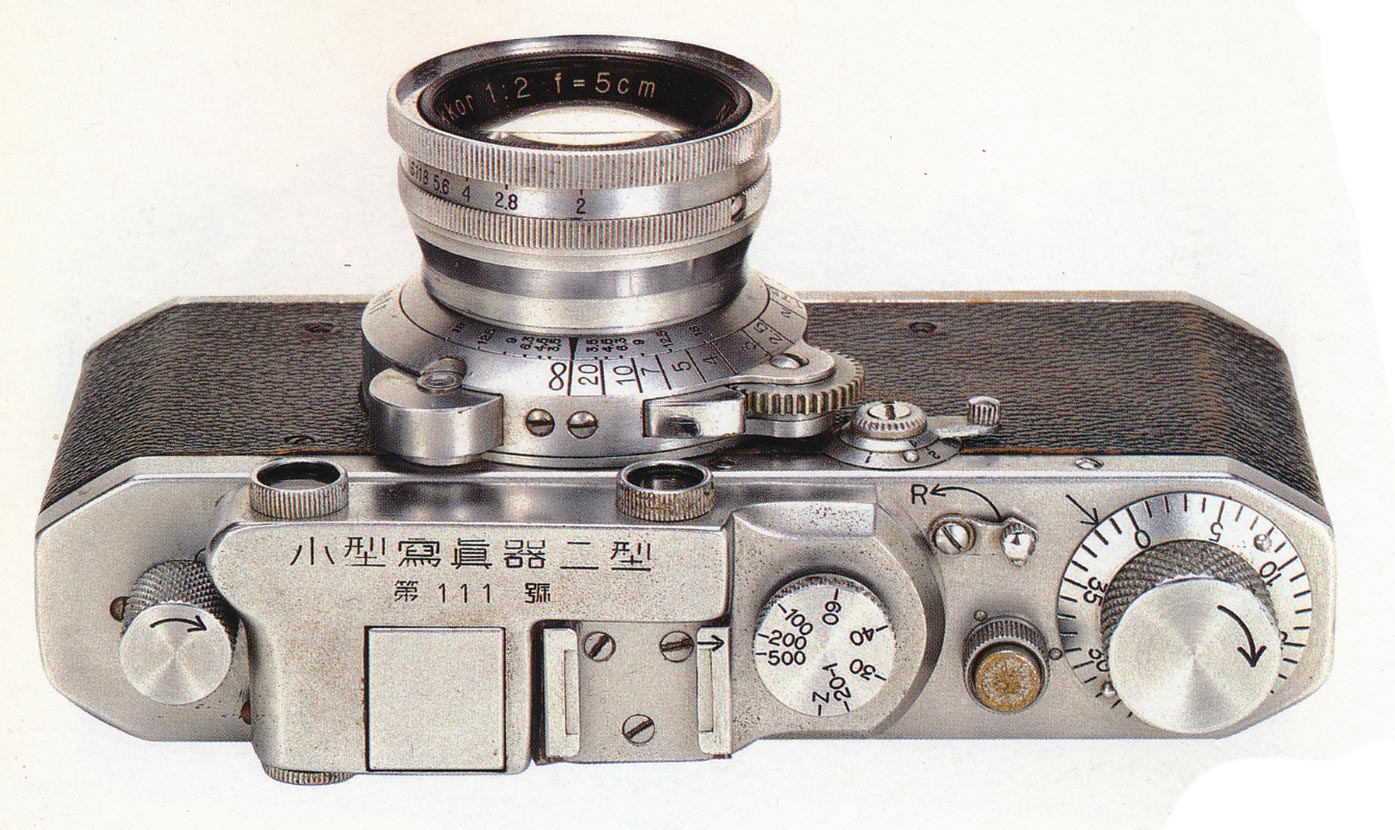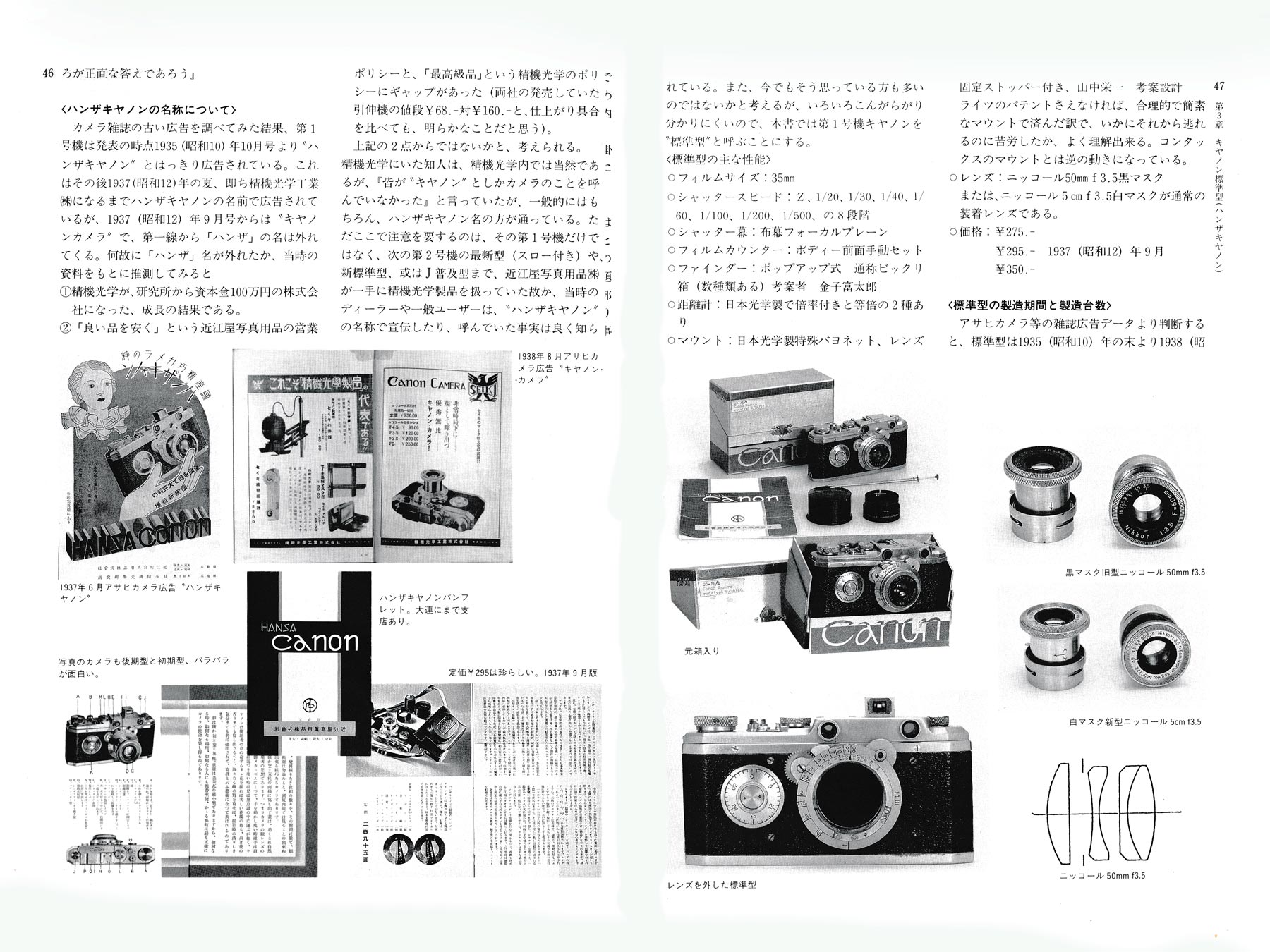
And Now for
A Book Report
I have not bought this book before now because of the language barrier. But now, with Google Translate, that is no longer a problem. And what I found in its pages is wonderful.
This is different! I have never reviewed a book on this site, or anywhere since highschool. But I have come up with a book that has been an eye opener for me and will be occupying me for months or even years to come. And I wanted to talk about it.
Part of collecting, at least for me, is knowing about the cameras in my collection. I want to know when and how they came to be. Since I collect Canon cameras the history of Canon is also of interest to me and that means knowing some Japanese history and how their economy traditionally operates. Researching all of this is a pleasant pastime.
For years now I have been reading books, searching the internet, talking to other collectors, all to learn about my cameras. I started this website at the beginning of this learning experience when I knew far less than now and there are older pages here that now make me cringe when I look back at my lack of knowledge. I will eventually bring them up to date but I
keep learning and maybe these pages will never catch up. This website is sort of a “hobby forever”.
A difficulty I have had in my search for information is that original sources are Japanese and that means there is a language barrier. For instance, in 1990 Ueyama Hayato published a book in Japan called “All About Seiki Optical Canon” (translation from the Japanese by Google Translate). I have known about this book for years but never obtained it, until now, for lack of time and concern about the Japanese language. As far as I am aware there is no translation into English and I certainly don’t read Japanese. I had seen pages from the book and from the profusion of images I knew it was about very early Canon but I had no better information than that.

We have a Newsletter
There is a Newsletter for thecanoncollector.com to keep you up to date on what we are posting. Try it!
Pages 26 and 27 from “All About Seiki Optical Canon”. Every page of this book is text on top and profuse illustrations below. On Page 26, left side, there is a heading which begins a section on Canon wartime materials production. I have never seen a discussion of this topic anywhere else. The headings for the four cameras are, from the left, “Canon New Standard Type”, “Canon J Popular Type”, “Canon J Type with Throw”, “Canon SI Type”.
The illustrations in this book are beautiful, well printed and some I have never seen anywhere before, like this one. This book is the finest resource for early Canon cameras and accessories I have ever seen.
And then at the last camera show here in Vancouver my friend Todd had a copy of this book and I was able to examine it closely. It was impressive in the wealth of illustrations but at the same time it was frustratingly obscure. In our conversation regarding the book Todd told me about Google Translate which I vaguely knew about but had never used. He got his smart phone out and showed me how easy it was to read Japanese. And that was an eye opener!
Arriving home I found the app on my desktop computer and realized that suddenly I had the power to translate this book in its entirety. The translation is not perfect. Verb tenses are often wrong and colloquialisms translate poorly but basic nouns, names, numbers all seem to translate well. Even charts and tables can be unlocked with this tool.
I have set out to translate the whole of the book and as I did this, page by page, caption by caption, I have found a wealth of information and detail I did not know existed. The book is a treasure trove of Canon lore from the earliest days of 1933 to the end of the Seiki Kogaku Canons after the War. It is 194 pages of text and illustrations and I will be referring to it for years before I have absorbed it all.
How much detail is too much detail? This book raises that issue for my website. This is a camera website and not one about history. Do I name the engineer behind every feature on every camera? I see no purpose in listing names that do not help in understanding the cameras. There is much detail here that does not advance the Collection and may actually serve to obscure simple truths. There is far more in this book than we need here but there is no question that it is an interesting and an invaluable information resource.
Ueyama Hayato has gone to an incredible amount of effort to produce this book and if an English translation ever becomes available I will be in the lineup to buy it. But I guess in the publishing world there are not enough collectors who would buy a translation to make it a profitable proposition.
I wish I could share my translation with others, however imperfect it may be, but I can’t. This man has put so much work into this book and provided so much information that I must respect that effort and not infringe on his rights to his work. However, I urge anyone who is interested in the origins of Canon and its earliest cameras to obtain a copy of this very excellent volume. They do come up for sale online although they can be pricey. Google Translate, on the other hand, is available to all for free so once you have the book you can actually read it. It takes a little work and the grammar comes out a little scrambled but the information is there. I have found this historical treasure trove well worth the effort.
This website is the work of R. Flynn Marr who is solely responsible for its contents which are subject to his claim of copyright. User Manuals, Brochures and Advertising Materials of Canon and other manufacturers available on this site are subject to the copyright claims and are the property of Canon and other manufacturers and they are offered here for personal use only.





